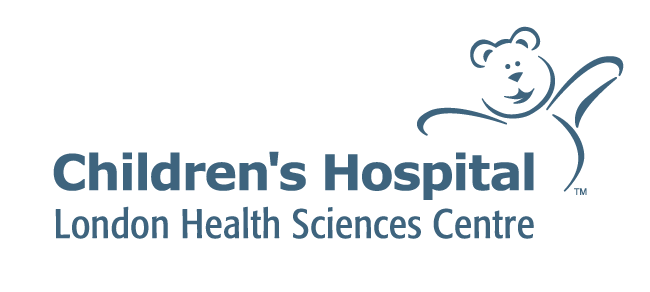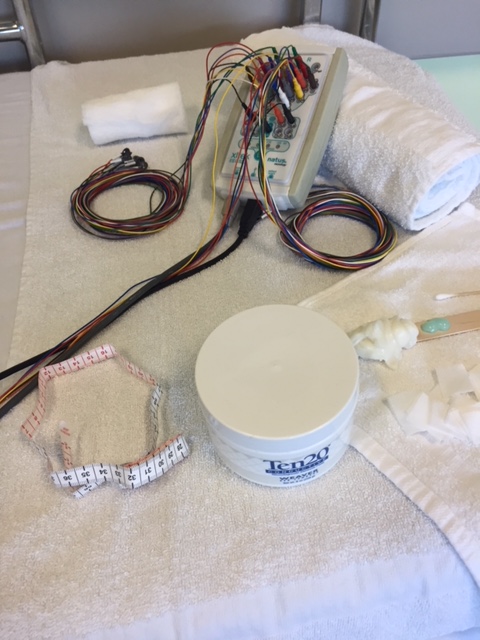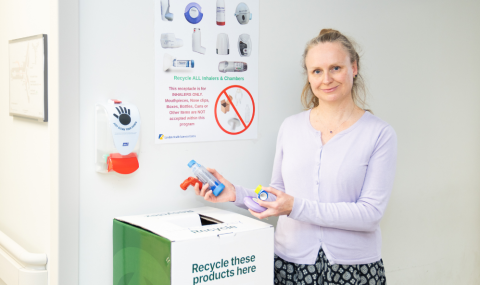The EEG or Electroencephalogram (pronounced ‘ee-lek-tro-en-seh-fah-lo-gram’) is a harmless diagnostic test that picks up electrical impulses from the brain and records them in a series of wavy lines. This test is a primary diagnostic tool for epilepsy.
To perform an EEG, electrodes are placed on the scalp using a thick paste (conductive cream). A gritty material is used to prep the scalp to eliminate natural scalp oils so this may feel slightly scratchy.
A measuring tape and colored crayon/marker may be used to locate correct electrode placement (23 electrodes in total). Two additional electrodes will be placed on the child’s chest to monitor their heart.
Your child will feel nothing during the recording. Ideally, she/he will be calm and relaxed but we recognize this is not always the case, especially with the toddler age group. We do offer programing for our younger audiences and often find “Dora the Explorer, Thomas the Train” and other videos assist a great deal. Feel free to bring in your child’s favorite DVD!
The EEG will be carried out with eyes open and eyes closed. It is beneficial to record sleep if your child happens to doze off as sometimes abnormalities are seen during sleep that is not present in wakefulness. For this reason, we encourage NO sleeping en-route to hospital if at all possible.
Child may drink a bottle or sippy cup during the EEG. Do not give a bottle immediately before EEG … best to wait until recording commences as this often promotes sleep.
Hyperventilation (deep breathing) will be attempted for 3 minutes if your child is cooperative. Also, a flashing light will be placed in front of your child to view (most kids love this).
The entire EEG is video recorded; this is to help with diagnosis.
Electrodes are removed easily. Electrode paste will be cleaned from your child’s hair but some residue will remain. It is wise to bring a comb or brush to tidy up afterwards.
There are several different types of EEG’s that may be ordered.
- Routine EEG’s (awake or asleep) which take around 25-30min and 3-hour prolonged EEG’s. Both of these are completed in the EEG clinic rooms on B2-200 at Children’s Hospital, LHSC.
- Overnight EEG’s are ordered as a Paediatric Epilepsy Monitoring Unit (PEMU) admission. This is where the child is connected to the EEG machine in a clinic room (the same as routine and prolonged EEG) then admitted to the inpatient floor of the hospital (B6-200). The EEG will continuously record from 1 - 5 nights to capture seizure activity.




